Have you ever wondered how to make your home more eco-friendly without making big changes? Adopting a sustainable lifestyle starts with simple steps, and making choices that reduce waste, conserve resources, and create a healthier environment is easier than you might think. Our homes are where we spend much of our time, so they’re the perfect place to embrace a sustainable lifestyle. Small adjustments in daily habits and the products we choose can make a significant impact, benefitting both the planet and our personal well-being.
In this blog, we will share practical tips on how to make your home more sustainable, from eco-conscious cleaning habits to choosing products that promote a healthier lifestyle.
Choose Eco-Friendly Furniture and Décor
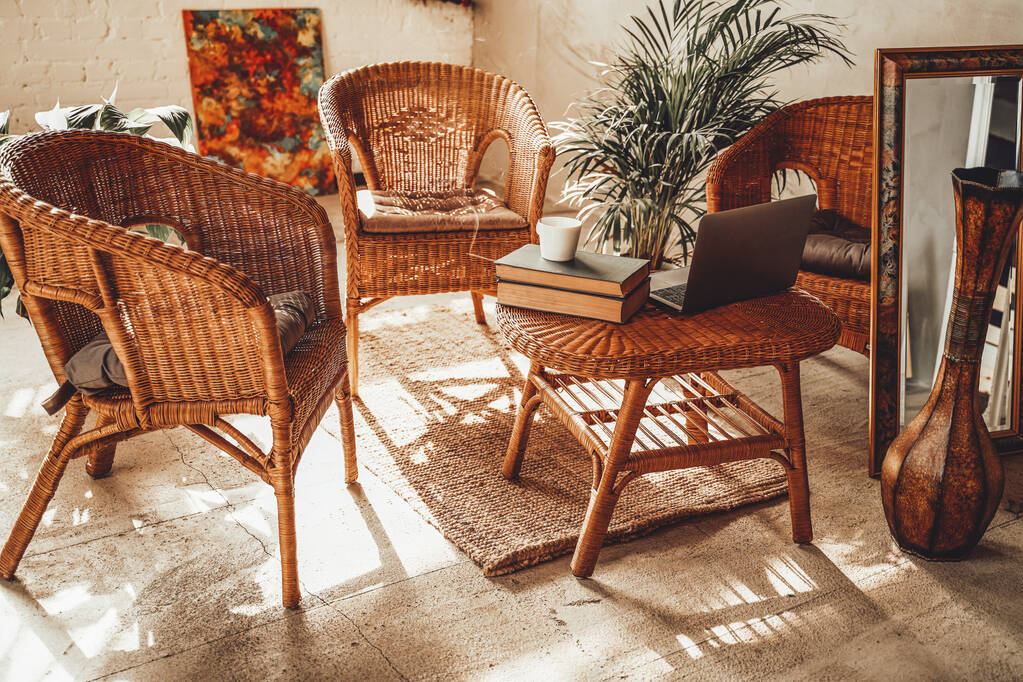
One effective way to support a sustainable lifestyle at home is by choosing eco-friendly furniture and décor. Many companies now offer furniture made from recycled or responsibly sourced materials. Look for items certified by eco-friendly organisations, which means they meet standards for environmental responsibility. For example, bamboo and reclaimed wood are both sustainable materials for furniture.
When decorating, you can also opt for items made from natural fibres like organic cotton or wool. These are renewable, biodegradable, and often created with less harmful chemicals than synthetic materials. Choosing sustainable furniture and décor reduces environmental impact while adding natural beauty to your home.
Invest in Quality Bedding
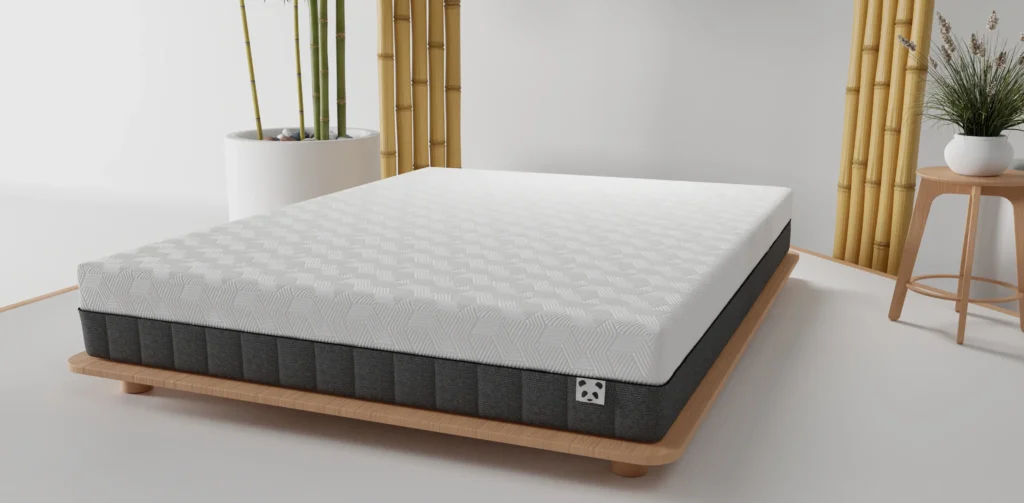
Quality bedding not only promotes better sleep but also supports a sustainable lifestyle. Conventional mattresses often contain materials and chemicals that can emit toxins over time. An organic mattress made from natural materials like wool, organic cotton, or bamboo is a better choice for both health and sustainability. These materials don’t release harmful chemicals and are generally more biodegradable.
These mattresses provide a healthier sleep environment, which benefits indoor air quality and reduces exposure to allergens. Sustainable bedding choices extend beyond mattresses as well, so look for organic sheets and blankets. Choosing eco-friendly bedding promotes comfort and durability, making it a wise investment for a greener home.
Reduce Plastic Usage
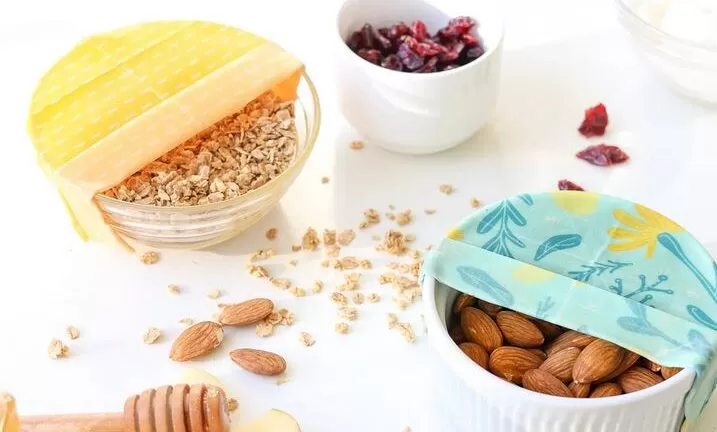
Plastic waste is a major environmental concern, and reducing it at home is a simple step toward a sustainable lifestyle. Start by replacing disposable plastic items with reusable alternatives. For example, use glass or metal containers for food storage instead of plastic bags or cling film. Switch to reusable shopping bags and opt for products with minimal packaging whenever possible.
In the kitchen, try using silicone bags, beeswax wraps, and metal straws. These items reduce waste and can be used many times before they need to be replaced. Reducing plastic at home is a great way to contribute to a cleaner environment and minimise household waste.
Adopt Energy-Saving Habits

Saving energy helps reduce your home’s carbon footprint and lowers energy bills. Small changes in daily habits can make a big difference. Turn off lights when leaving a room, unplug appliances not in use, and choose energy-efficient LED bulbs. Another way to conserve energy is by adjusting your thermostat to use less heating and cooling.
Consider investing in energy-efficient appliances, which use less electricity than standard models. Using natural light whenever possible also reduces the need for artificial lighting during the day. These simple adjustments help create a more energy-efficient home that aligns with a sustainable lifestyle.
Conserve Water
Conserving water is another important step in creating a sustainable lifestyle at home. Small changes, like fixing leaks and using low-flow fixtures, reduce water waste. Try to take shorter showers. While brushing your teeth, turn off the tap. Only run dishwashers or washing machines with full loads. These are small things but they help.
Collecting rainwater for plants and using drought-resistant landscaping are additional methods to save water. Making these changes helps conserve resources and supports a more eco-friendly household.
Support Second-Hand and Upcycled Items

Thrift stores and online marketplaces offer a wide range of gently used furniture, décor, and other household items. Choosing second-hand reduces demand for new production, which lowers waste and energy use.
You can also upcycle existing items in your home to give them a new purpose. For instance, old glass jars can become storage containers or plant pots. By reusing and upcycling, you’re making the most of what you have and reducing waste.
Create a Composting System
Composting is a practical way to reduce food waste and create nutrient-rich soil for your garden. Instead of throwing away food scraps, composting allows organic waste to break down naturally. This process returns valuable nutrients to the soil, which is especially beneficial if you grow plants at home.
You can compost vegetable peels, coffee grounds, eggshells, and yard trimmings. A small compost bin in your kitchen or garden can make it easy to get started. Composting helps divert waste from landfills and supports a sustainable cycle in your household.
Choose Sustainable Lighting
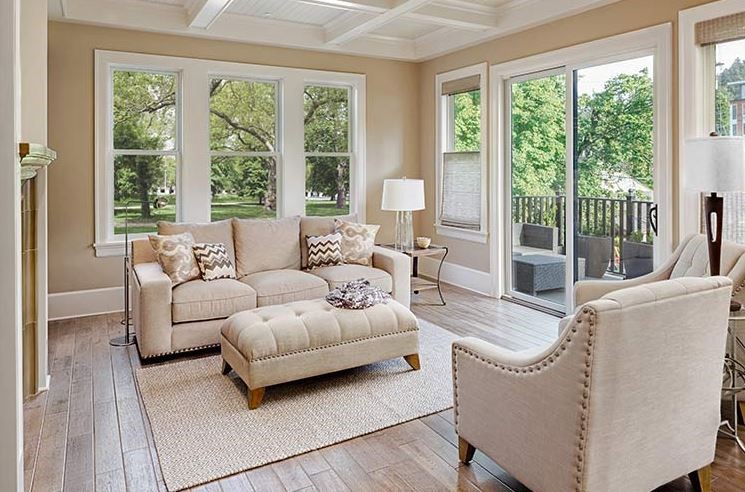
Sustainable lighting goes beyond using energy-efficient bulbs. Whenever possible, maximise natural light in your home by keeping curtains open during the day. This reduces the need for artificial lighting, saving energy and creating a brighter, more inviting space.
When you do use lights, choose LED bulbs, which last longer and consume less energy than traditional bulbs. Motion-sensor lights in areas like hallways or entryways can also help reduce unnecessary energy usage. Sustainable lighting choices benefit the environment and create a more pleasant atmosphere at home.
Incorporate Indoor Plants
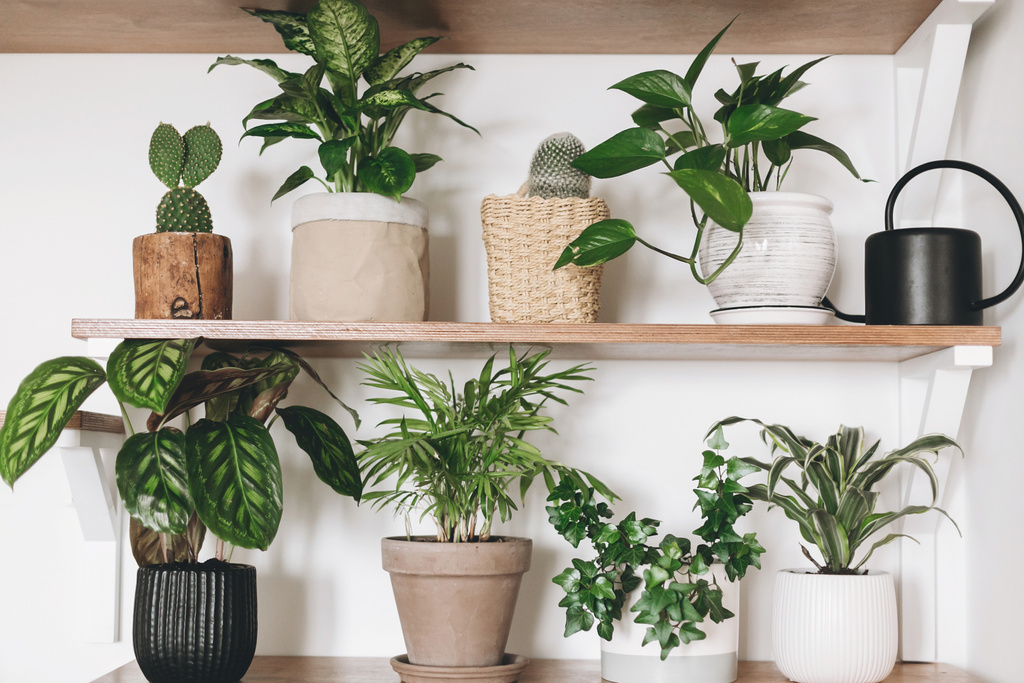
Bringing plants into your home not only makes it more inviting but also supports cleaner air. Certain plants work naturally to reduce indoor pollutants while adding fresh oxygen. These include spider plants, peace lilies, and snake plants. This can make your home feel fresher and create a calm, relaxing atmosphere.
Having plants around can also help you feel more connected to nature, which is great for your overall well-being. Tending to plants can become a fulfilling hobby, and the green they add brings life to any room. Adding plants is a simple way to make your home more sustainable and healthier.
All in all, creating a sustainable lifestyle at home is about making choices that align with your values and contribute to a healthier planet. Each small step—whether it’s choosing eco-friendly products, conserving energy, or reducing waste—reflects a commitment to a more mindful way of living. As you continue to shape your space with sustainability in mind, consider how each decision not only transforms your home but also impacts the world around you. What small change will you make today to move closer to a more sustainable future?
